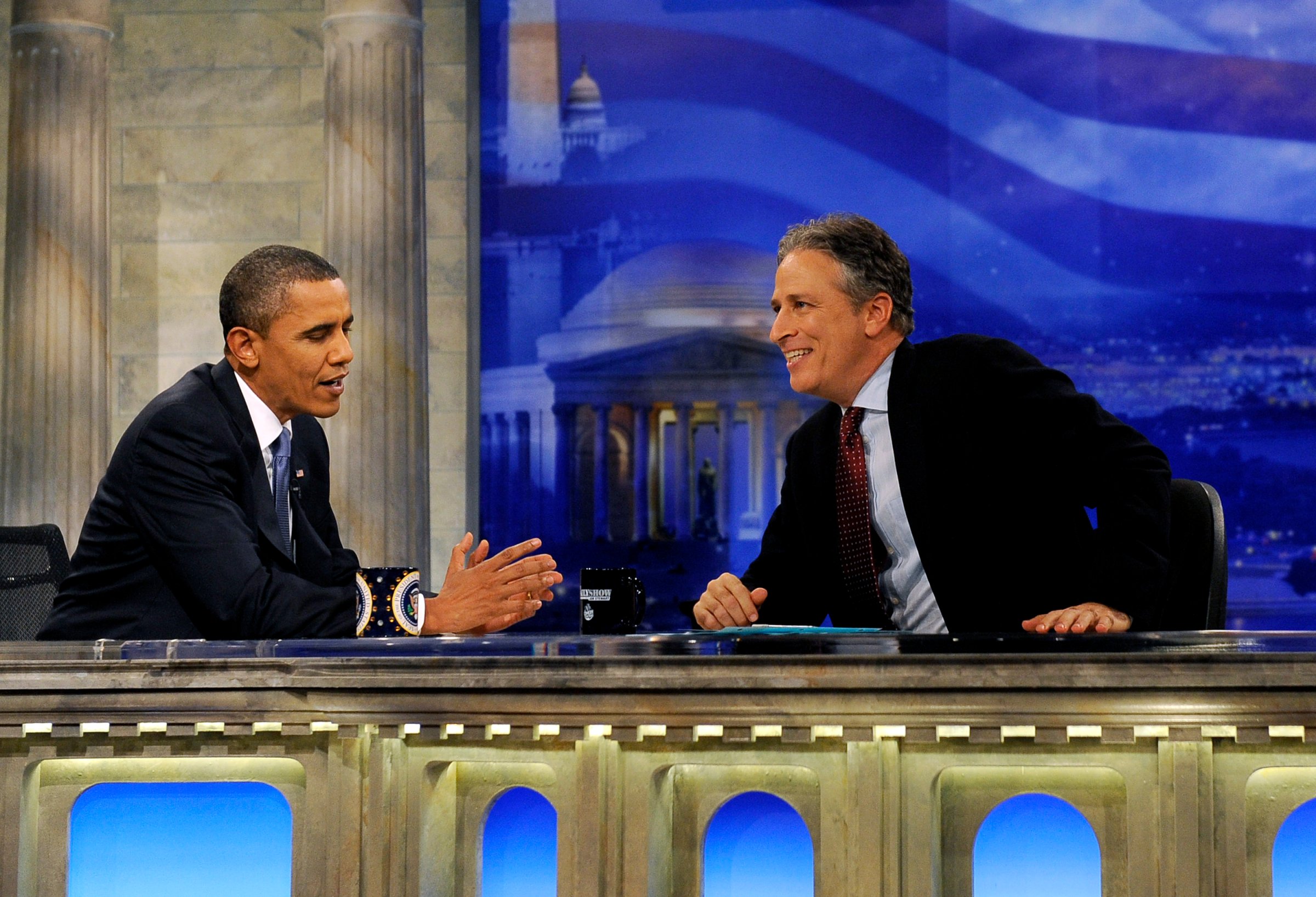
A cable company and a TV network have been in a dispute over how much the network’s content is really worth. This may sound like a familiar tale, but there’s an unusual ending this time. Suddenlink, a St. Louis-based operator with more than 1.1 million subscribers, dropped Viacom’s collection of well-known TV channels from its lineup Wednesday, and they’re probably not coming back anytime soon.
Negotiations over carriage fees, the amount that pay-TV operators pay network owners to carry their channels, often turn into very public spats. Time Warner Cable kicked CBS-owned networks off its channel lineup for a month in 2013, and The Weather Channel went so far as to lobby Congress to force DirecTV to keep the channel on its airwaves earlier this year. In both instances, the two sides eventually reached a truce.
That doesn’t appear to be in the cards this time. Because Suddenlink couldn’t come to an agreement with Viacom on appropriate carriage fees, the cable company has replaced mainstays on the channel dial like MTV and Comedy Central with new additions such as FXX and the Hallmark Channel. Suddenlink thinks its customers won’t miss Viacom’s offerings much. “It’s unfortunate we could not reach agreement,” spokesman Pete Abel said in an email. “But we have moved on and are excited about the new channels we’re adding and our customers have told us they would like to have.”
In the traditional pay-TV model, a cable company dumping Viacom’s channels could be viewed as a cardinal sin. Historically, network owners and cable operators have worked in lockstep to keep their highly lucrative system intact. Operators agree to buy up channels from media conglomerates like Viacom in unwieldy bundles, which means a 26-year-old bachelor is stuck paying for Nickelodeon. Network owners in turn make sure that having a pricey cable subscription is pretty much the only legal way for viewers to see TV shows as they’re airing. Content creators also charge new entrants to the pay-TV space a higher carriage fee for their channels, according to Erik Brannon, a TV industry analyst at IHS Screen Digest. Intel had been planning a pay-TV service that would deliver live television content over the Internet, but the costs of acquiring programming were prohibitively high.
Suddenlink tried to upend this long-standing formula by asking Viacom to sell just a few of the channels that are popular with its customers, like TV Land and Comedy Central. Suddenlink says that Viacom responded by increasing its price demands even more. On a website about the dispute, Viacom says that Suddenlink abruptly stopped negotiating and reneged on a last-minute proposal that met the cable operator’s demands. “We remain committed to reaching a deal so that our viewers will be able to watch their favorite shows,” Viacom wrote on the site. Viacom did not respond to an email from TIME seeking further comment.
The Suddenlink decision could inspire other small and mid-size operators, already being squeezed by subscriber declines, refuse carriage fee increases from media giants. Sixty smaller cable companies, including one with half a million subscribers, lost Viacom’s channels in the spring and haven’t yet restored them. “Mid-tier operators and small operators are going to have to look at the profitability of carrying networks vs. their viewership,” Brannon says. “When you’re in the position of Suddenlink . . . you absolutely do not have the buying power that Comcast or DirecTV have.”
At the same time, channel owners are becoming more receptive to the Internet-based TV services of which they were once wary. Viacom has agreed to offer 22 of its channels on a new, Internet-based TV service that Sony is launching later this year, the first such deal the media giant has made public. The revenue generated from that deal, which Brannon says probably included a guarantee by Sony of a minimum number of subscribers, might make Viacom less concerned about the activities of the smaller traditional cable companies.
Whether these strategic shifts will benefit consumers, networks or cable operators remains to be seen. Suddenlink is hoping that losing Viacom won’t hurt its subscriber numbers, but Cable One, the largest of the sixty cable companies to dump Viacom in the spring, doubled its subscriber loss the quarter it removed Viacom’s channels. And while Internet-based pay-TV services like Sony’s promise an improved user experience, no one has yet broached the topic of offering channels “a la carte” and allowing customers to pick exactly what content they’d like to buy.
Still, the once-sacred marriage between cable operators and network owners is under obvious strain. That leaves room for new entrants to claim a piece of the market—hopefully for many, with business models that are more in line with customer preferences. “Carriage fee negotiations are going to become increasingly contentious,” warns Brannon. “Not only at Viacom but other channel groups.”
More Must-Reads from TIME
- Cybersecurity Experts Are Sounding the Alarm on DOGE
- Meet the 2025 Women of the Year
- The Harsh Truth About Disability Inclusion
- Why Do More Young Adults Have Cancer?
- Colman Domingo Leads With Radical Love
- How to Get Better at Doing Things Alone
- Michelle Zauner Stares Down the Darkness
Contact us at letters@time.com